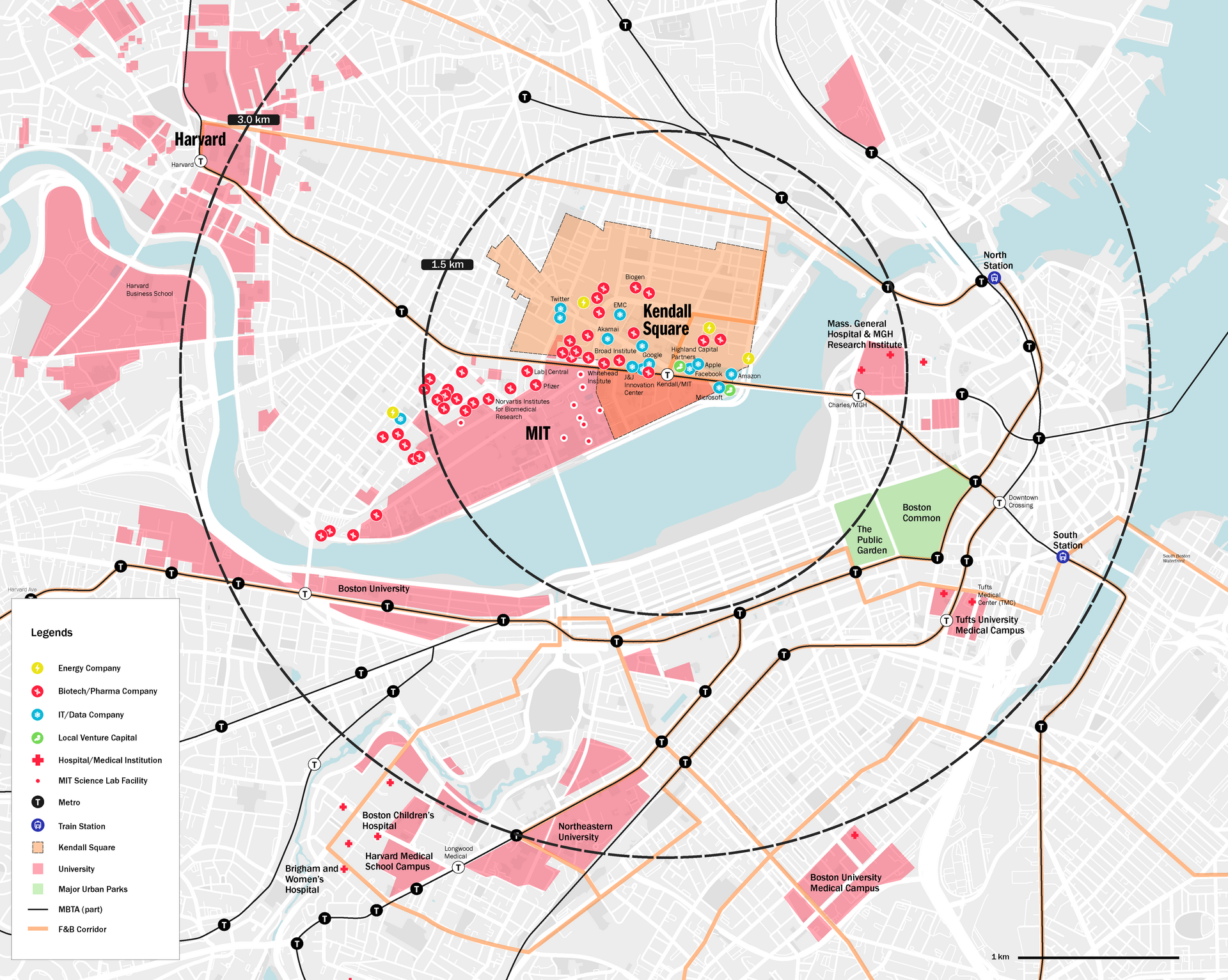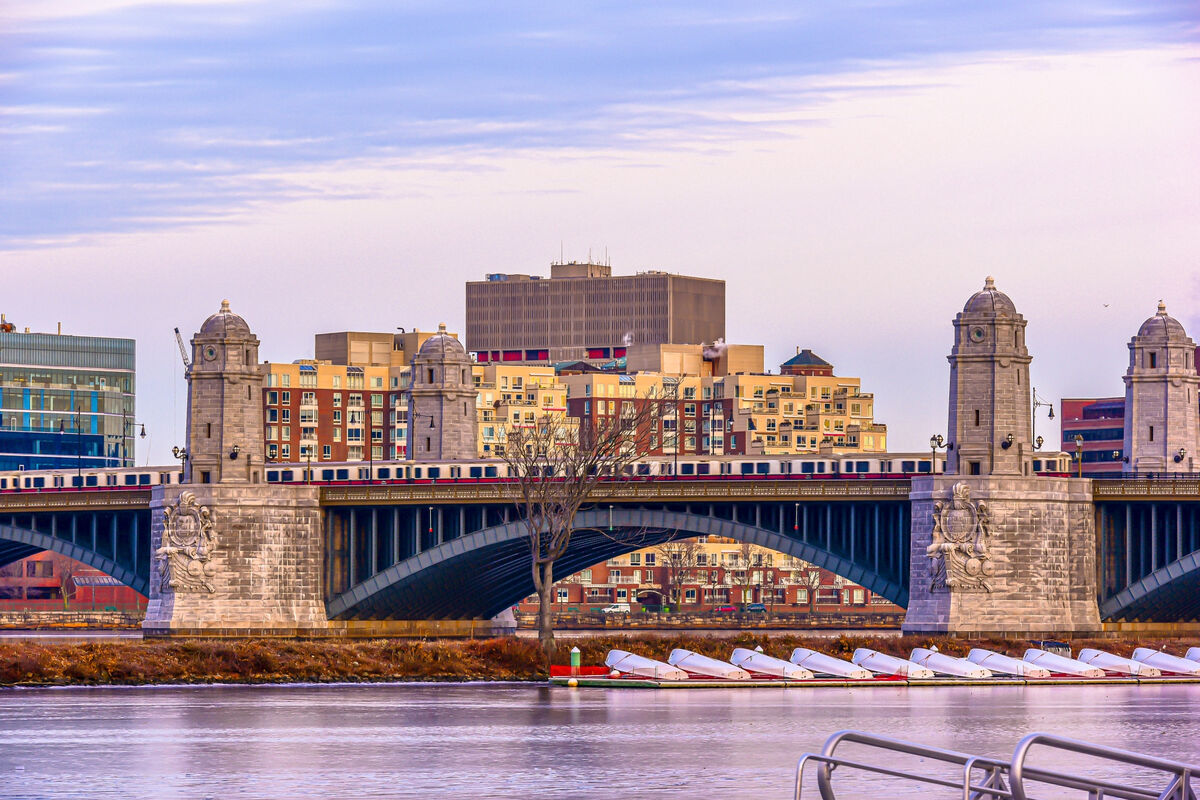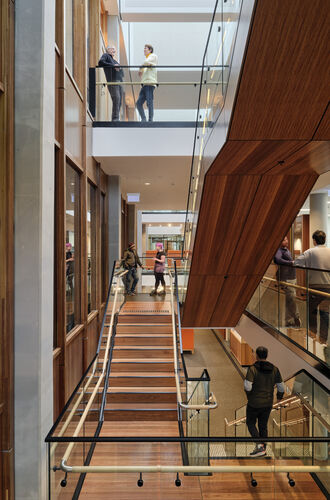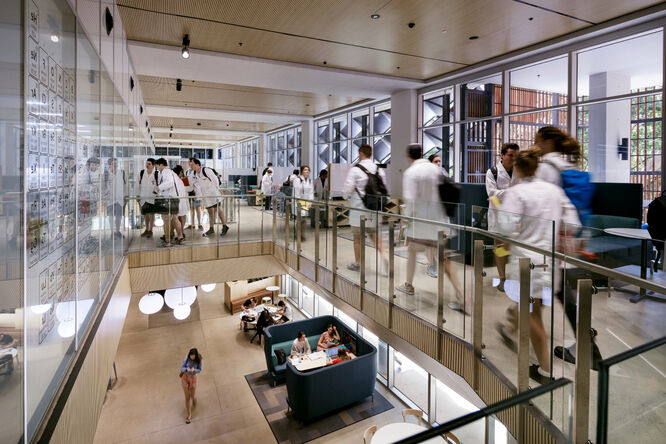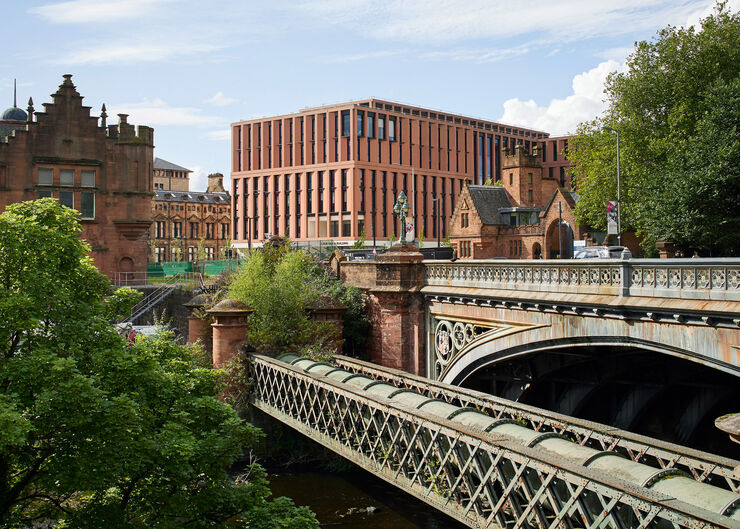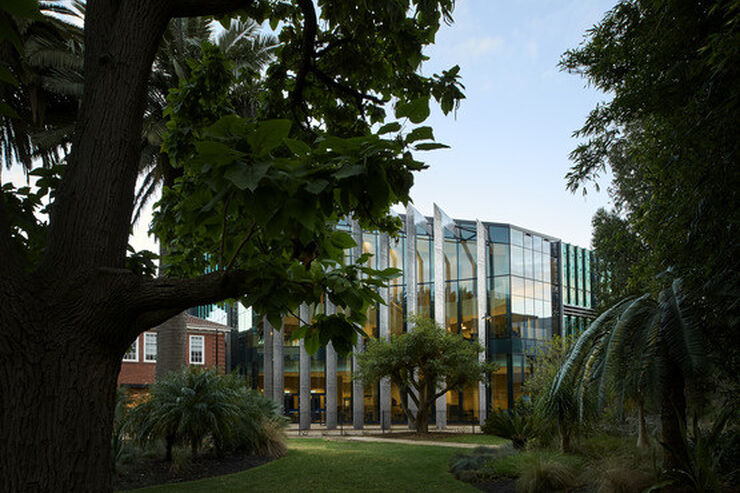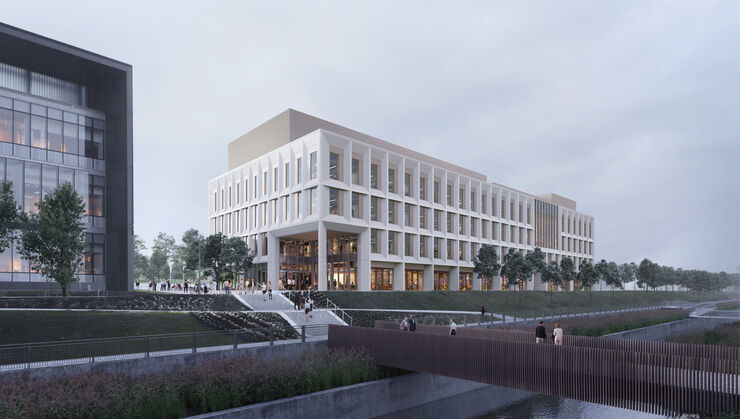Nothing — not even global economic jitters — can slow the appetite for investment in life sciences and biopharma research and development.
By Yuru Ding, Researcher at Hassell
In the first quarter of 2023, Pfizer announced a bullish 10% increase in spending on research and development (R&D) with Global CEO Dr Albert Bourla describing R&D as “the lifeblood that fuels us as a company”. According to a recent study by McKinsey, the top 12 biopharma companies have more than $290bn available to invest in R&D, mergers, acquisitions and other activities to help drive their businesses. And in Shanghai, authorities have introduced hefty subsidies for R&D, as well as policy changes to attract foreign operators, to help drive innovation across life science and other high-tech industries.
However, spending vast amounts on R&D is no guarantee of success — especially in the field of life sciences. The same goes for locating R&D labs in gated business parks and expecting innovation to occur organically.
While locked gates and high walls might be perfect for manufacturing and other downstream activities, these are not the places where the initial sparks of brilliant innovation are first dreamed up. Closer examination reveals that creating innovation in this field is deeply connected to place and context.
WHAT’S THE SECRET RECIPE BEHIND THE WORLD’S MOST INNOVATIVE DISTRICTS?
Kendall Square in Boston, Massachusetts holds excellent clues.
At the centre of much of the USA’s life sciences boom for over half a century, Kendall Square is home to life science and biopharma industry heavyweights like Novartis, Biogen, Pfizer, Sanofi and more.
Starting as a collection of university labs surrounded by industrial wasteland, over the past five decades Kendall Square has developed into a thriving life sciences community. It is now home to more than 2,000 businesses, including over 600 start-ups.
Of the 50,000 people employed in and around Kendall Square, approximately 60% work in the creation of ‘ideas’.
Today, the best talent, most savvy investors and giants of industry are all drawn to the fertile soil of Kendall Square, where groundbreaking ideas and pioneering solutions emerge.
This ‘perfect setting’ of interconnected people and resources in a physical environment allows and encourages ideas to be tested, to grow, scale and flourish.
But Kendall Square’s success hasn’t happened by chance.
